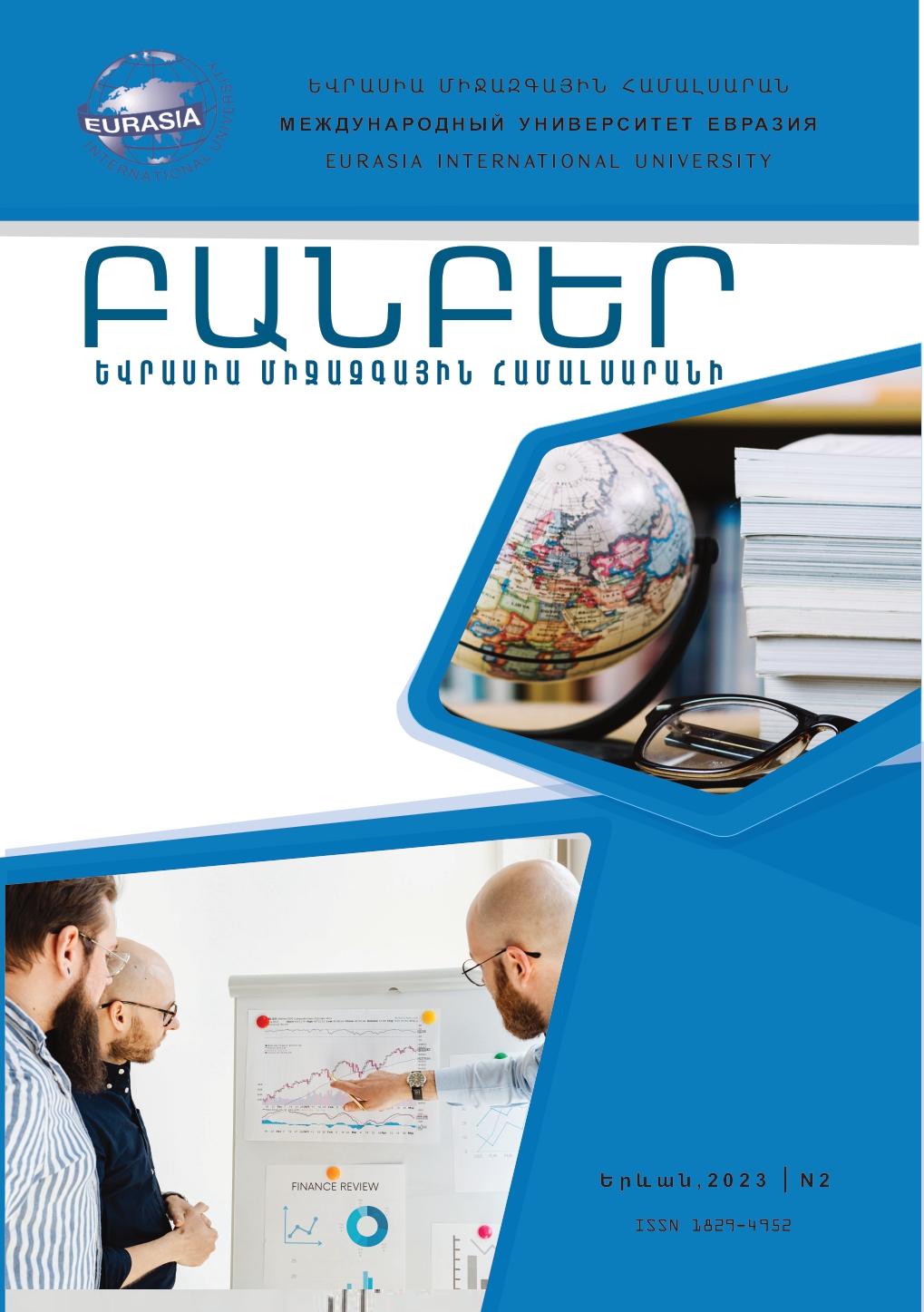MAN-MADE ENVIRONMENTAL DISASTERS AND THEIR IMPACT ON ECONOMY; ECONOMIC MODELING BASED ON BHOPAL GAS DISASTER
DOI:
https://doi.org/10.53614/18294952-2023.2-106Keywords:
man-made disasters, Bhopal, disaster, economic impact, I/O modeling, assessment.Abstract
This article examines implications of man-made environmental hazards on ecosystems, the staggering costs of disasters that are borne by governments and the private sector, and the short- and long-term economic collisions that result from anthropogenic perspective when they occur directly or indirectly. Through the article, Bhopal gas tragedy will be evaluated as a case study, along with its various characteristics, to explore the economic, environmental, and social aspects of man-made disasters and to provide an efficient and viable strategy for governing and responding adequately to potential future disasters.
This literature review will discuss current research related to I/O modeling[1] in Disaster Management, with a focus on the use of mathematical models to analyze and predict disaster impacts. At its core, I/O modeling is a way of looking at the inputs and outputs of a system and using this information to create models that can be used to predict the behavior and outcomes of the system.
I/O modeling has been used in a number of different fields, including economics, engineering, and operations research. The use of I/O modeling in disaster management is relatively new, however, with research into the topic only beginning in the early 2000s.
[1] Input-output (I/O) modeling is a quantitative economic technique used to analyze the relationship and interdependencies among different sectors of a national economy or different regional economies.




